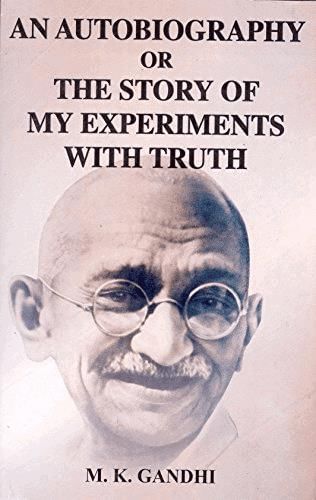Best Study Material for Class 6 Exam
Class 6 Exam > Class 6 Notes > Social Studies for Class 6 > Learning Poster: Grassroots Democracy — Part 2: Local Government in Rural Areas
Learning Poster: Grassroots Democracy — Part 2: Local Government in Rural Areas | Social Studies for Class 6 PDF Download

The document Learning Poster: Grassroots Democracy — Part 2: Local Government in Rural Areas | Social Studies for Class 6 is a part of the Class 6 Course Social Studies for Class 6.
All you need of Class 6 at this link: Class 6
|
44 videos|176 docs|28 tests
|
FAQs on Learning Poster: Grassroots Democracy — Part 2: Local Government in Rural Areas - Social Studies for Class 6
| 1. What is grassroots democracy and how does it relate to local government in rural areas? |  |
| 2. What are the main functions of local government in rural areas? |  |
Ans. The main functions of local government in rural areas include planning and implementing development projects, maintaining public infrastructure, managing local resources, ensuring access to essential services like education and healthcare, and facilitating community participation in governance. These functions help to address the specific needs and challenges faced by rural communities.
| 3. How can citizens participate in local government decision-making? |  |
Ans. Citizens can participate in local government decision-making through various means, such as attending public meetings, voting in local elections, joining local committees or councils, and engaging in community discussions. Additionally, they can voice their opinions and concerns through petitions or public forums, which helps to ensure that their needs are reflected in local policies.
| 4. What challenges do local governments in rural areas face? |  |
Ans. Local governments in rural areas often face challenges such as limited financial resources, inadequate infrastructure, lack of trained personnel, and difficulties in communication and transportation. These challenges can hinder effective governance and reduce the ability to implement development projects, making it essential to find innovative solutions to strengthen local governance.
| 5. Why is it important for rural communities to have a strong local government? |  |
Ans. A strong local government is crucial for rural communities as it empowers citizens to take charge of their development, promotes transparency and accountability, and ensures that local needs are prioritized. Strong local governance can lead to improved service delivery, increased community engagement, and better management of local resources, ultimately enhancing the quality of life for residents in rural areas.
Related Searches


























